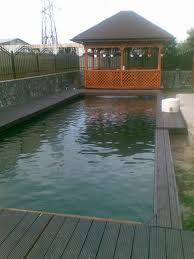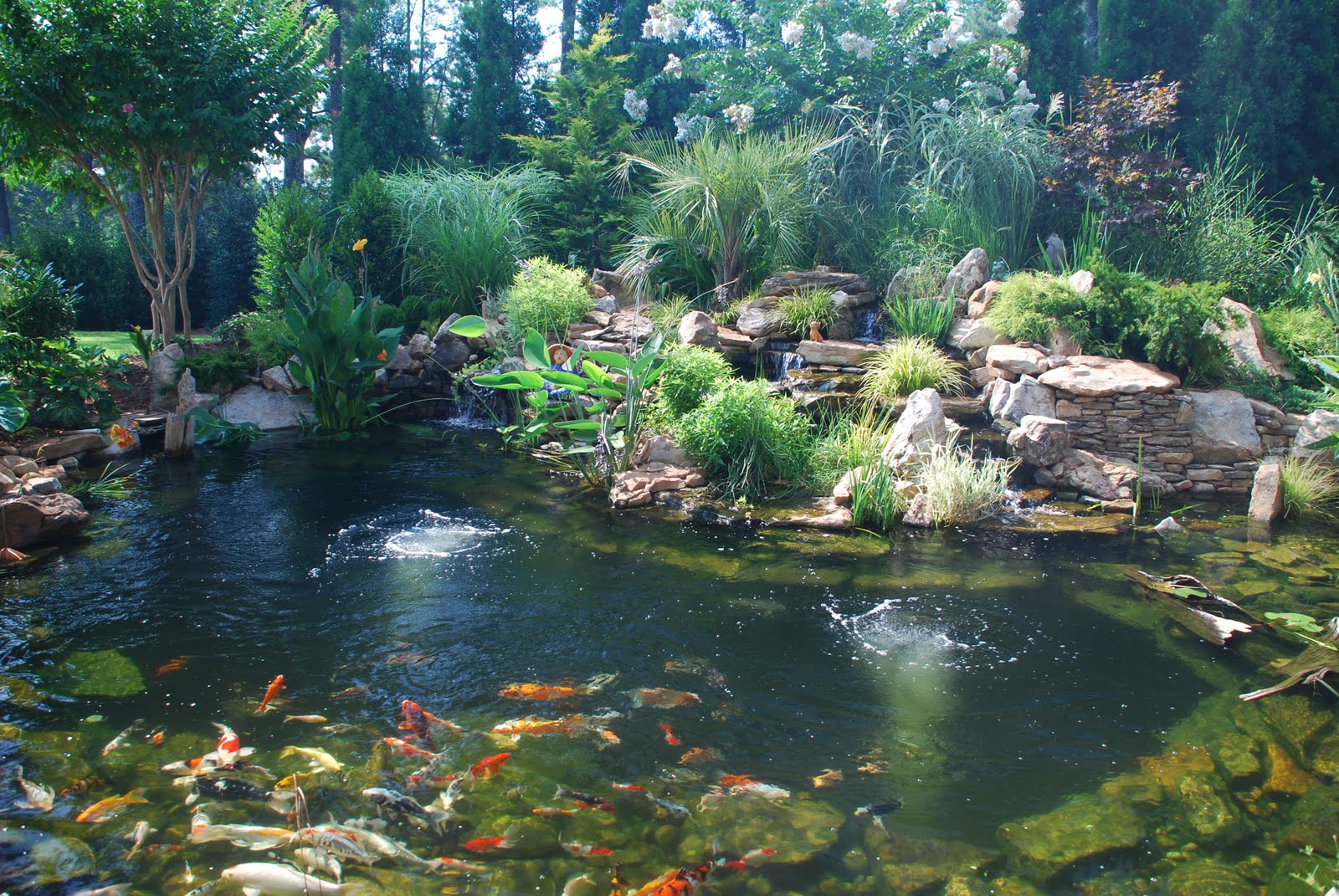
The Ultimate Guide to Fibers for Concrete Koi Pond: Enhance Your Pond with High-Performing Fibers
Introduction
Koi ponds are a great way to add beauty and tranquility to your home garden. However, building a koi pond requires careful consideration of numerous factors, and one of the most critical of these is the type of concrete used. Concrete is essential for the stability and durability of your koi pond. However, with the advent of new technology, the use of fibers for concrete has become increasingly popular in recent times. In this guide, we’ll look at everything you need to know about fibers for concrete koi pond construction.
What are Fibers for Concrete?
Fibers for concrete are tiny, synthetic or natural fibers that are added to concrete to enhance its strength and durability. They can be mixed with concrete during the manufacturing process or added during the pouring process. Fiber-reinforced concrete can improve the tensile strength, durability, and resistance of concrete. For koi ponds, these fibers can help prevent cracking and improve the overall structural strength of the pond.
Types of Fibers for Concrete Koi Ponds
Fibers for concrete koi pond construction come in different types, and each type has its particular functions and advantages. Here are some of the most common fibers for concrete used in koi pond construction:
1. PVA fibers
Polyvinyl alcohol (PVA) fibers are one of the most commonly used fibers for concrete koi ponds. They are synthetic fibers that improve the concrete’s resistance to cracking and shrinkage. PVA fibers can also improve the cohesion and durability of concrete.

2. Steel fibers
Steel fibers are another popular type of fiber used for concrete koi pond construction. They consist of short, thin, and often curled wires that are mixed with concrete. Steel fibers can improve the tensile strength and impact resistance of concrete. However, steel fibers’ primary disadvantage is that they can corrode and rust over time, causing damage to your pond.

3. Glass fibers
Glass fibers are a synthetic fiber made from glass. They are highly resistant to corrosion and are often used in marine applications. Glass fibers can be mixed with concrete to improve the concrete’s tensile and flexural strength, as well as its impact resistance.
4. Synthetic fibers
Synthetic fibers are man-made fibers that can be made from a variety of materials, including nylon, polyester, and polypropylene. They are mixed with concrete to improve durability, impact resistance, and reduce the effects of plastic shrinkage cracking. Synthetic fibers are highly versatile and cost-effective.

Advantages of Using Fibers for Concrete Koi Ponds
Using fibers for concrete koi ponds can provide several benefits, including:
- Improved strength and durability of concrete
- Reduced cracking and shrinkage
- Increased resistance to wear and tear
- Greater flexibility in design
How to Use Fibers for Concrete Koi Ponds
Fibers for concrete koi ponds can be added either by directly mixing the fibers into the concrete mix or by applying them during the pouring process. To ensure maximum effectiveness, it’s crucial to follow the recommended guidelines for the fiber type you choose.
Conclusion
A koi pond is a beautiful and relaxing addition to any garden. The use of fiber for concrete koi pond construction can make your pond more durable and resistant to cracking and wear. Before choosing a fiber type, it’s important to consider the specific needs of your koi pond construction. Remember to follow the manufacturer’s guidelines for adding fibers to your concrete mix. With the right combination of fibers and concrete, you can have a beautiful and long-lasting koi pond that will provide you with many years of enjoyment.